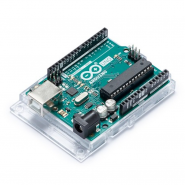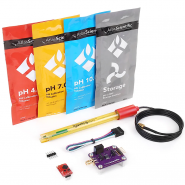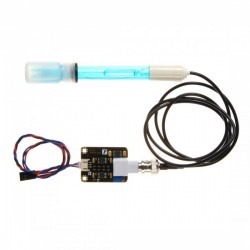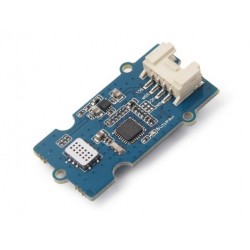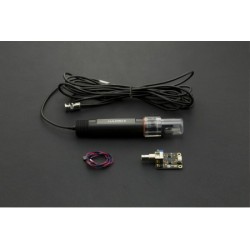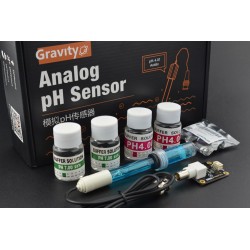- DISCONTINUED
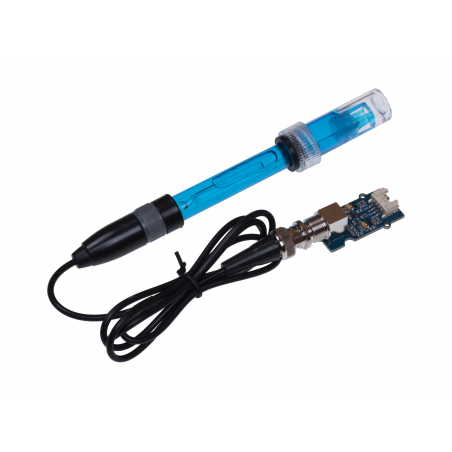





This product is a cost-effective PH sensor/meter with easy utilization, suitable for Arduino and Raspberry Pi, supports 3.3V and 5V system.
If you have any questions on this product please feel free to contact us.
*Disclaimer: The images are merely illustrative.
Are you trying to find an easy to use and cost-effect PH sensor/meter? Do you want to use a PH sensor/meter with Arduino or Raspberry Pi? Well, this new Grove - PH Sensor will meet all your needs. The PH sensor measures the hydrogen-ion activity in water-based solutions, we usually use it to measure the PH of a liquid. It is widely used in the chemical industry, the pharmaceutical industry, the dye industry, and scientific research where acidity and alkalinity testing is required. The drive board in this kit support both 3.3V and 5V system. And with the stander BNC probe interface and Grove connector, it is very convenient to work with Arduino and Raspberry Pi.
Note
This product is non-RoHS certified.
| Items | Values |
|---|---|
| Operating voltage | 3.3V/5V |
| Range | 0-14PH |
| Resolution | ±0.15PH(STP) |
| Response time | <1min |
| Probe Interface | BNC |
| Measure temperature | 0-60℃ |
| Internal resistance | ≤250MΩ(25℃) |
| Alkali error | 0.2PH(1mol/L)Na+,PH14)(25℃) |
| Items | Quantity |
|---|---|
| PH prober | 1 |
| Grove cable | 1 |
| Driver board | 1 |
| Saturated sodium chloride solution | 1 |
Grove makes it easier to connect, experiment, and simplify the prototyping process. No jumpers or soldering required. We have developed more than 300 Grove modules, covering a wide range of applications that can fulfil a variety of needs. Not only are these open hardware, but we also have open-source software.
Note
For all Grove users (especially beginners), we provide you with the guidance of operation. Please read the instructions through the official website before your using the product.
| HSCODE | 9031809090 |
| UPC |

[Wiki] PH Sensor Kit (E-201C-Blue )
This is the wiki page for this product, which will show you how to use the product, as well as details about the software and hardware.

[Project] Build Biofloc Monitoring System with Wio Terminal
Biofloc fish project monitoring. Water quality maintenance and monitoring in any aquaculture are the essential practices aiming at the success of the growing cycles.

[Blog] Build Your Own Water Quality Monitoring Station with 5 Water Quality Sensors
Water Quality is a complex concept, it related to too many parameters. Therefore constructing a water quality monitoring station is a systematic and complex project. The good news is that with the help of those 5 Grove Water Quality Sensors, you can build your own lightweight water quality monitoring station easily.
Related products
